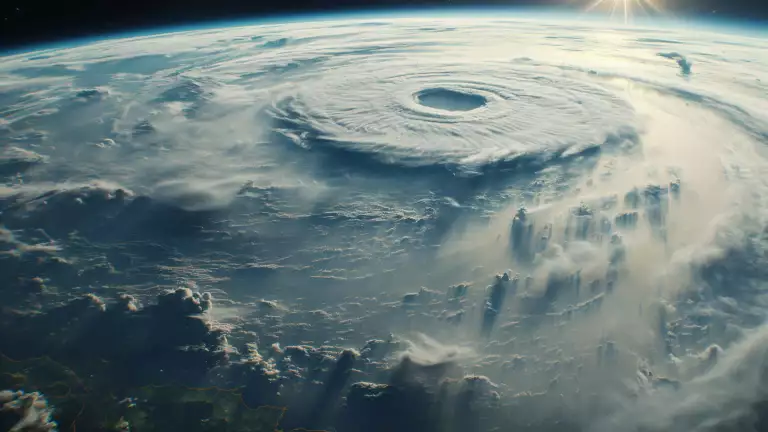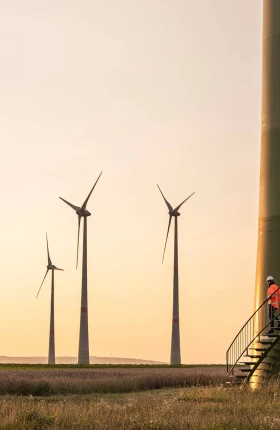This past year was the hottest on record at 1.55°C above preindustrial levels, and current policies put us on a trajectory for an increase of 3°C by the end of the century—which will cause severe damage to nature and harm to humanity. It also undermines economic performance, a topic that is top of mind for many leaders. Climate change will slow growth and weaken resilience and, therefore, hinder our collective ability to achieve many of our common priorities, including maintaining our health and security.
Without the investment necessary to limit further global warming, the economic growth and resilience on which the world relies will be severely diminished along with societies’ ability to achieve their broader goals. Our analysis suggests that the cumulative economic output could be reduced by 15% to 34% if the global average temperature is allowed to rise by 3°C by 2100 rather than being limited to below 2°C. Of course, there is uncertainty in such long-term estimates. On the positive side, our economies may be more resilient than we expect, and our adaptation efforts more effective, enabled by human ingenuity and technological advances in areas such as robotics, AI, and synthetic biology that could lower economic impacts. On the negative side, current models do not fully account for the economic damage of passing tipping points, such as the loss of coral reefs or the Amazon forest dieback.
Given the GDP at risk, rapid and sustained investments in mitigation (cutting emissions) and adaptation (reducing vulnerability to climate change) would yield high returns. But investments in both must rise significantly by 2050—9-fold for mitigation and 13-fold for adaptation. We estimate that the total investment required equals 1% to 2% of cumulative economic output to 2100.
Stay ahead with BCG insights on climate change and sustainability
The return on this investment is compelling. The net cost of inaction—that is, the cost of not addressing climate change after accounting for the investment required for mitigation and adaptation—equates to 11% to 27% of cumulative economic output. To illustrate the magnitude of these costs: the average of this range is equivalent to three times global health care spending until 2100; one-eighth of it is equivalent to expected global military expenditures until 2100.
Despite the economic case for staying below 2°C, we have observed five barriers to climate action. The first is that the political discussion often overlooks the economic case for climate action. The second is that many costs of climate action come before 2050, but the bulk of the economic benefits will be evident after 2050.
The third barrier is that the costs and benefits of climate action are unevenly distributed among countries. Even with the Paris Agreement, there is no global consensus on how emissions should be reduced. The fourth is that the transition threatens to create winners and losers within economies, requiring a just transition and equitable economic development. Finally, the fifth barrier is that the economic damages of climate change are not understood by economists to their full extent or with enough detail.
Fortunately, these barriers can be addressed with sustained effort from leaders in five areas:
- Reframing the debate on the costs of climate change
- Creating transparency on the net cost of inaction across all actors
- Strengthening national climate policies to accelerate mitigation and adaptation
- Reinvigorating international cooperation on climate change
- Advancing our understanding of the net cost of inaction
The economic impacts of climate change and the reasons to adapt are already tangible, making it crucial to overcome these barriers. By recognizing the cost of inaction and taking steps to overcome the barriers to action, leaders can put the world on a more sustainable path for current and future generations.
This article is based on our latest report and was done in a collaboration with the University of Cambridge climaTRACES Lab and Cambridge Judge Business School.






